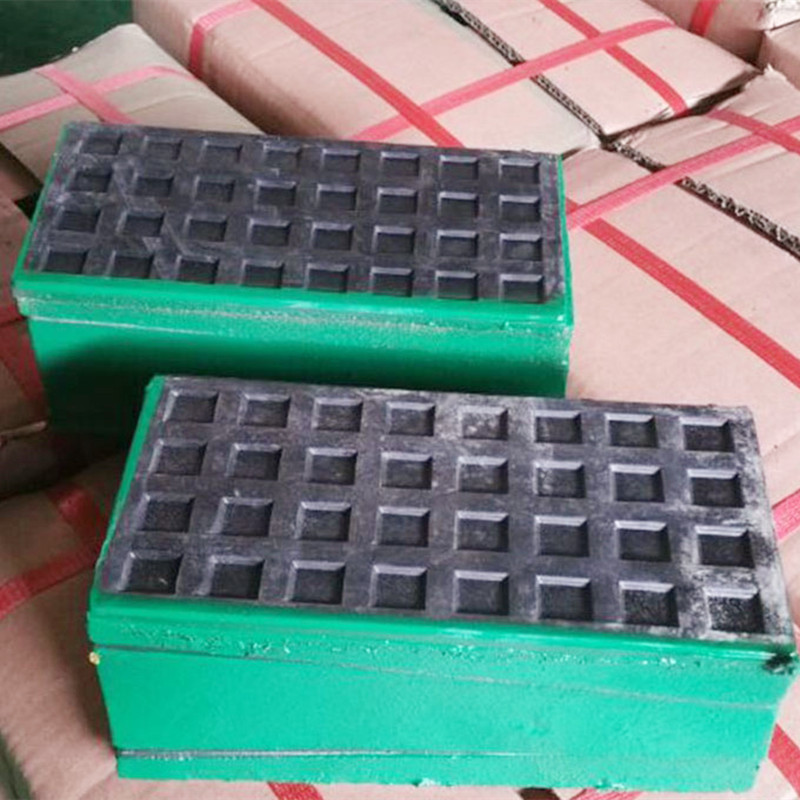дец . 12, 2024 01:45 Back to list
water flow control valve types
Understanding Water Flow Control Valve Types
Water flow control valves are essential components in various applications, from industrial processes to residential plumbing systems. They regulate the flow of water, ensuring that the systems operate efficiently and effectively. With numerous valve types available, it’s important to understand their functions, advantages, and ideal usages. This article will explore the primary types of water flow control valves.
1. Gate Valves
Gate valves are primarily used for on/off control, meaning they are either fully open or completely closed. These valves have a simple design with a gate that moves up and down to control flow. One of their main advantages is that they cause very little pressure drop when fully open, making them ideal for applications where minimal resistance is necessary. However, gate valves are not suitable for throttling or flow regulation due to their design.
2. Globe Valves
Globe valves are designed for throttling and flow regulation. They have a spherical body and a movable plug that can be positioned to control the flow rate. When compared to gate valves, globe valves create a higher pressure drop, but they offer excellent control over flow characteristics. They are particularly well-suited for applications where flow regulation is critical, such as in heating systems and water supply networks.
3. Ball Valves
Ball valves are recognized for their quick operation and durable design. They consist of a spherical ball with a hole drilled through the center, which allows for flow when aligned with the pipeline. The primary advantage of ball valves is their ability to switch quickly from open to closed position, enabling fast and efficient flow control. They are also well-suited for systems requiring tight sealing and minimal leakage, making them ideal for both commercial and residential purposes.
water flow control valve types

Butterfly valves utilize a rotating disc to regulate flow. They are lightweight, cost-effective, and provide a relatively low-pressure drop compared to other valve types. Butterfly valves are especially popular in large diameter pipes and can be utilized for both throttling and isolation purposes. Their compact design saves space, making them suitable for applications where space is at a premium.
5. Check Valves
Check valves, or non-return valves, are designed to allow fluid to flow in one direction while preventing backflow. They are critical in preventing system contamination and protecting equipment from damage caused by reverse flow. Check valves are commonly used in water supply systems, sewage treatment facilities, and various industrial applications. They come in different designs, including swing, lift, and diaphragm types, each suited for specific operational requirements.
6. Pressure Relief Valves
Pressure relief valves are crucial components in systems where pressure stability is vital. They help to prevent excessive pressure buildup by releasing fluid when a predetermined pressure threshold is exceeded. These valves ensure safety by protecting pipelines and equipment from pressure surges and potential damage. They are commonly found in boilers, industrial compressors, and water distribution systems.
7. Solenoid Valves
Solenoid valves use an electromagnetic coil to control flow. When electrical current is applied, the coil energizes, causing the valve to open or close. These valves are widely used in automation and control systems, such as irrigation systems and HVAC applications, providing precise flow control that can be easily integrated into electronic systems.
Conclusion
Selecting the right type of water flow control valve depends on the specific requirements of your application. Understanding the unique characteristics and functions of gate valves, globe valves, ball valves, butterfly valves, check valves, pressure relief valves, and solenoid valves can help in making informed decisions to optimize performance and ensure system efficiency. Each valve type has its advantages, and choosing appropriately will enhance operational reliability and safety in various water flow systems.
-
Why Metric Trapezoidal Thread is Ideal for Precision Motion ControlNewsAug.05,2025
-
The Unique Properties of a Block of Granite for Industrial UseNewsAug.05,2025
-
The Role of Flanged Y Strainers in Preventing Pipeline ClogsNewsAug.05,2025
-
The Importance of Regular Calibration for Master Ring GagesNewsAug.05,2025
-
How a Cast Iron Surface Table Enhances Accuracy in ManufacturingNewsAug.05,2025
-
Comparing Different Check Valve Types for Optimal Flow ControlNewsAug.05,2025
Related PRODUCTS









